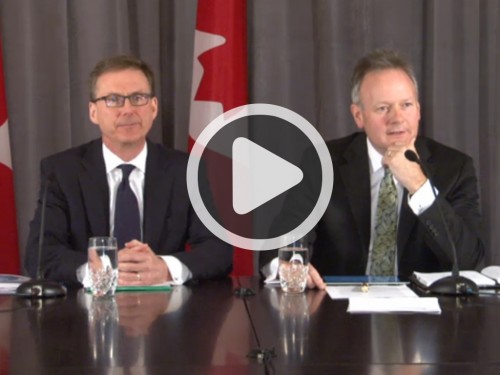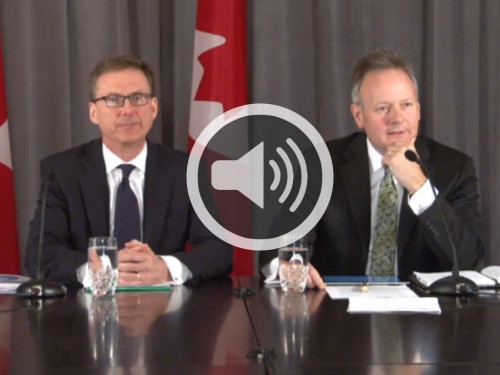June 16, 2020
Opening Statement before the House of Commons Standing Committee on Finance
Introduction Good afternoon, Chair and committee members. It is an honour for me to appear before you as the 10th Governor of the Bank of Canada. I look forward to working with parliamentarians over the next seven years through regular appearances before committees of the House and Senate. These are an important part of the […]





